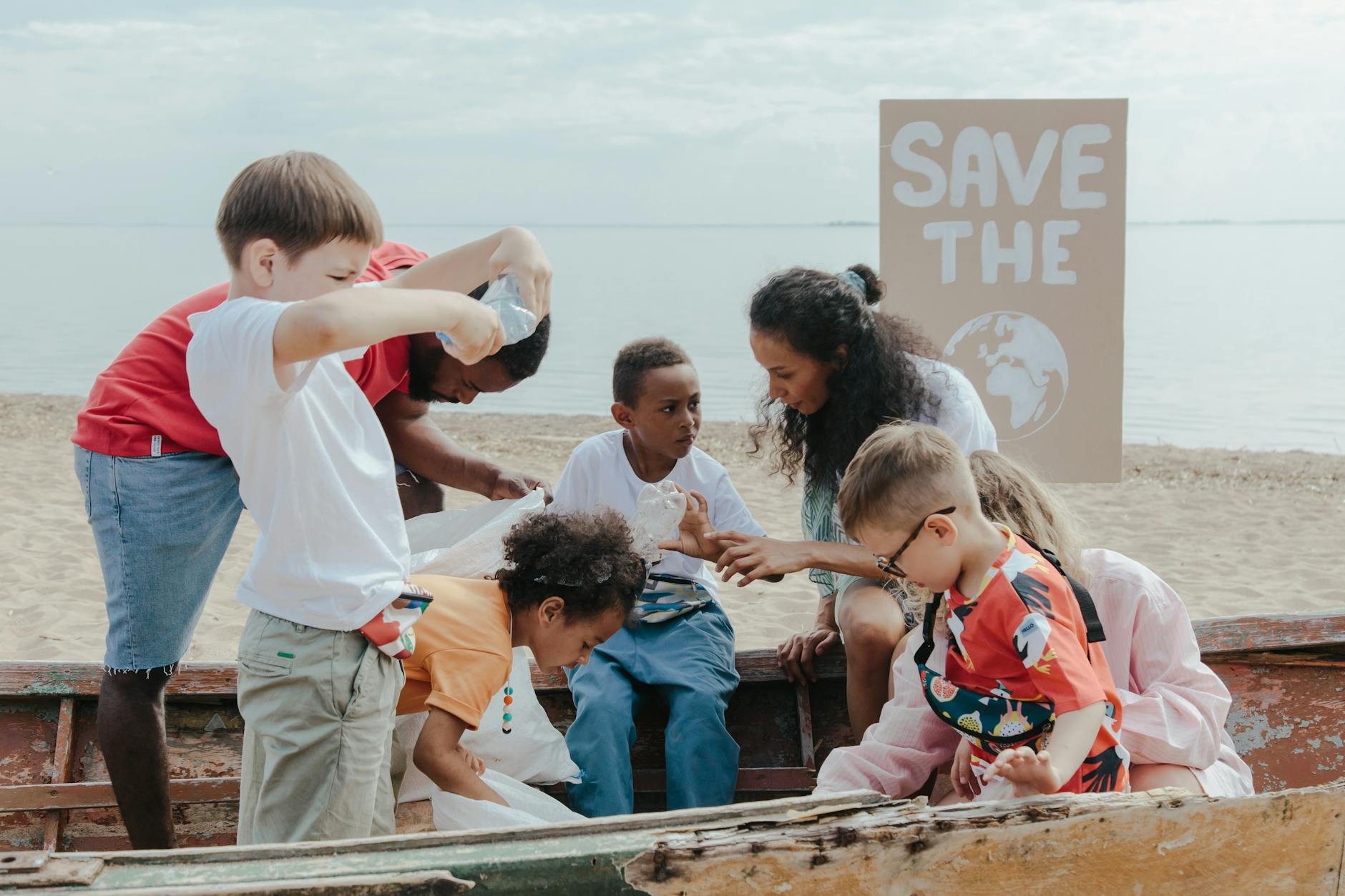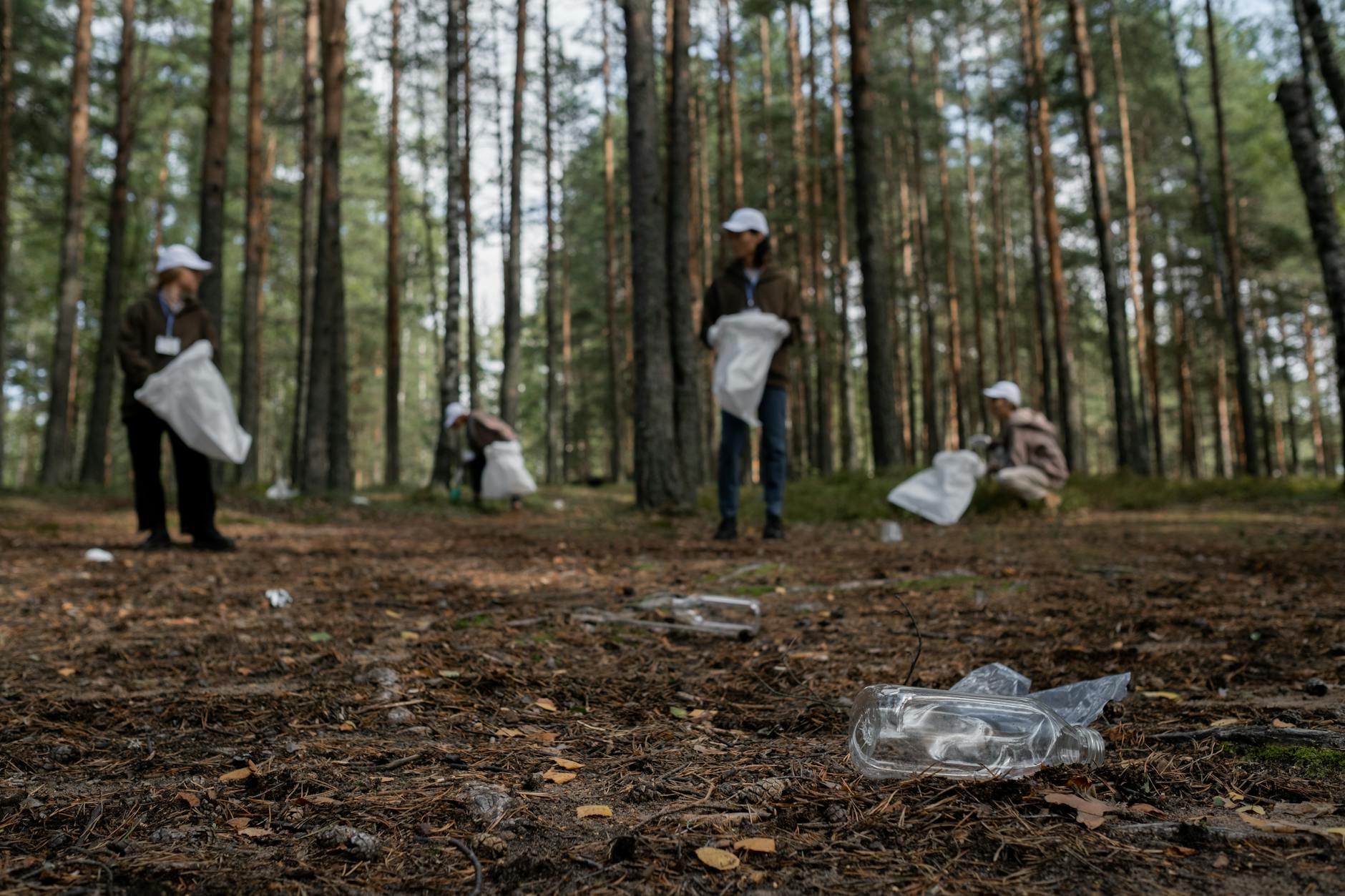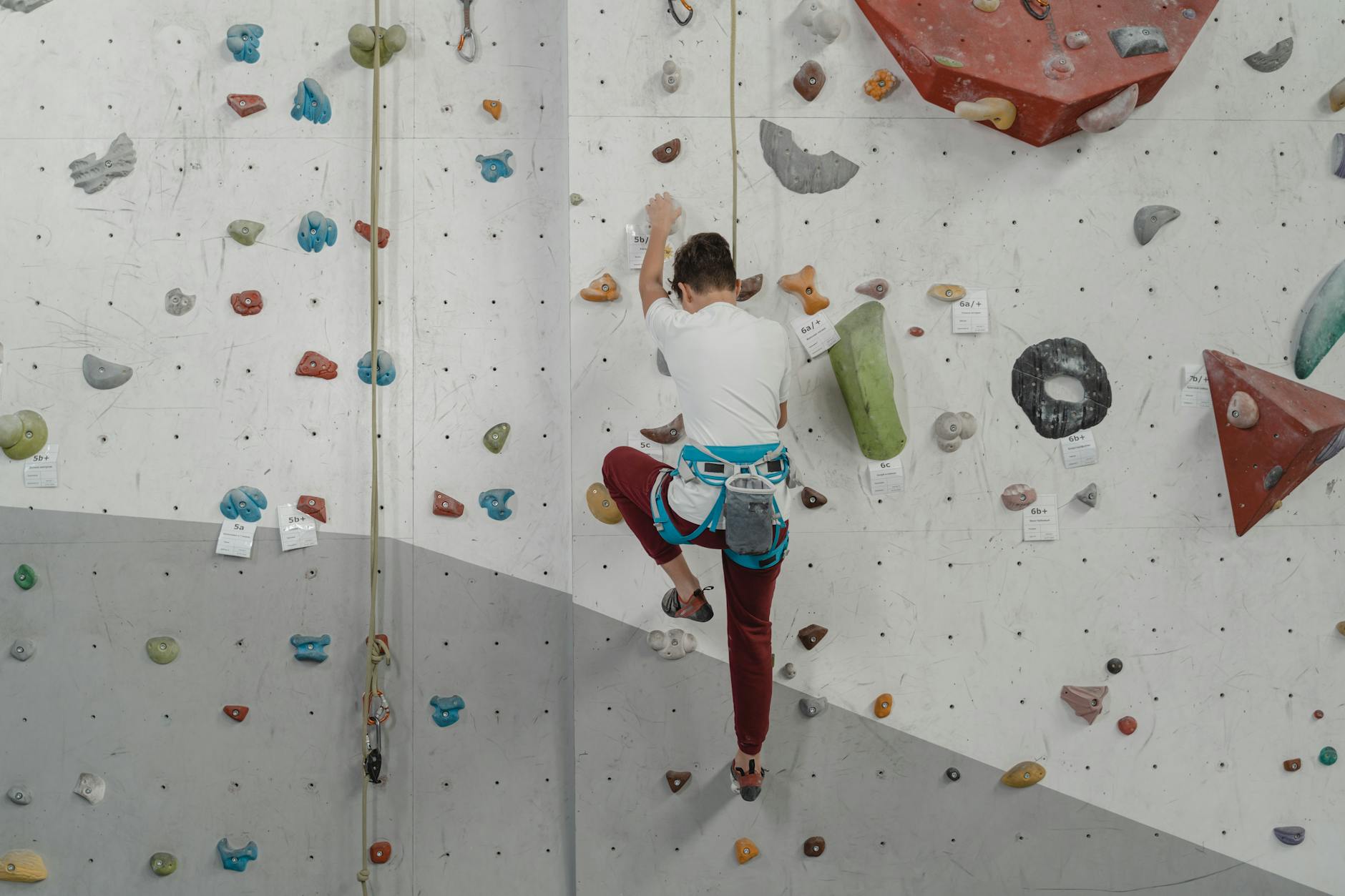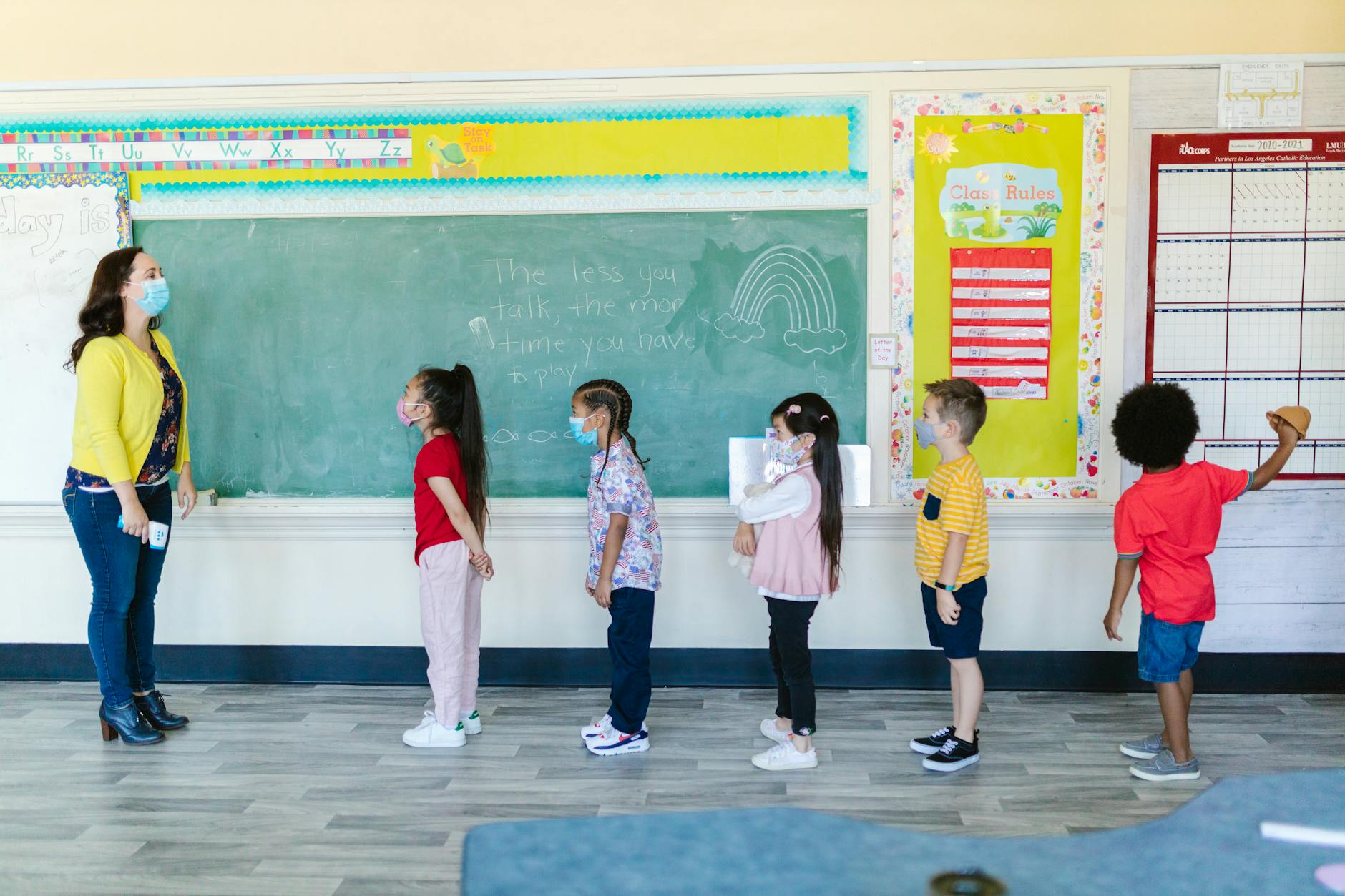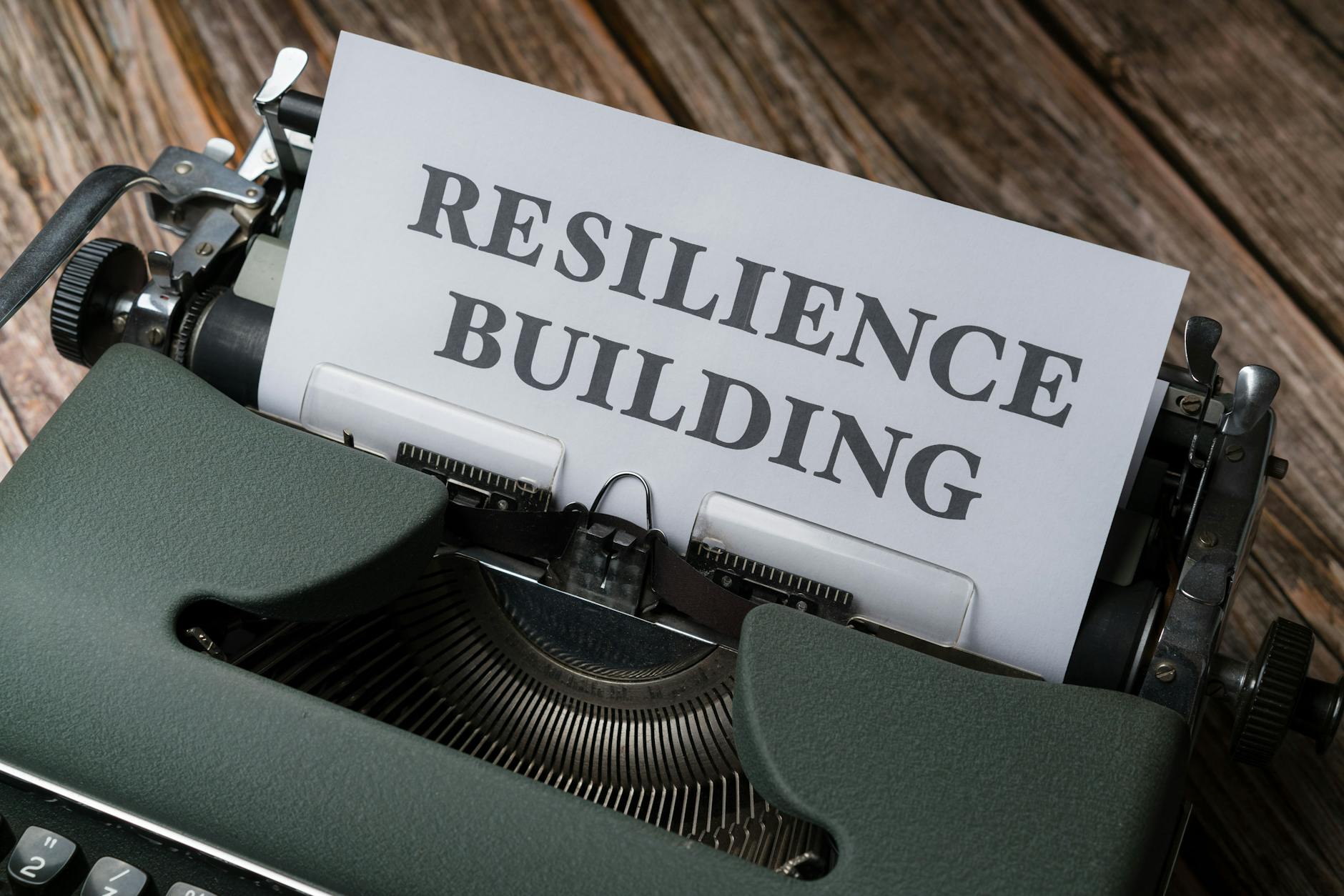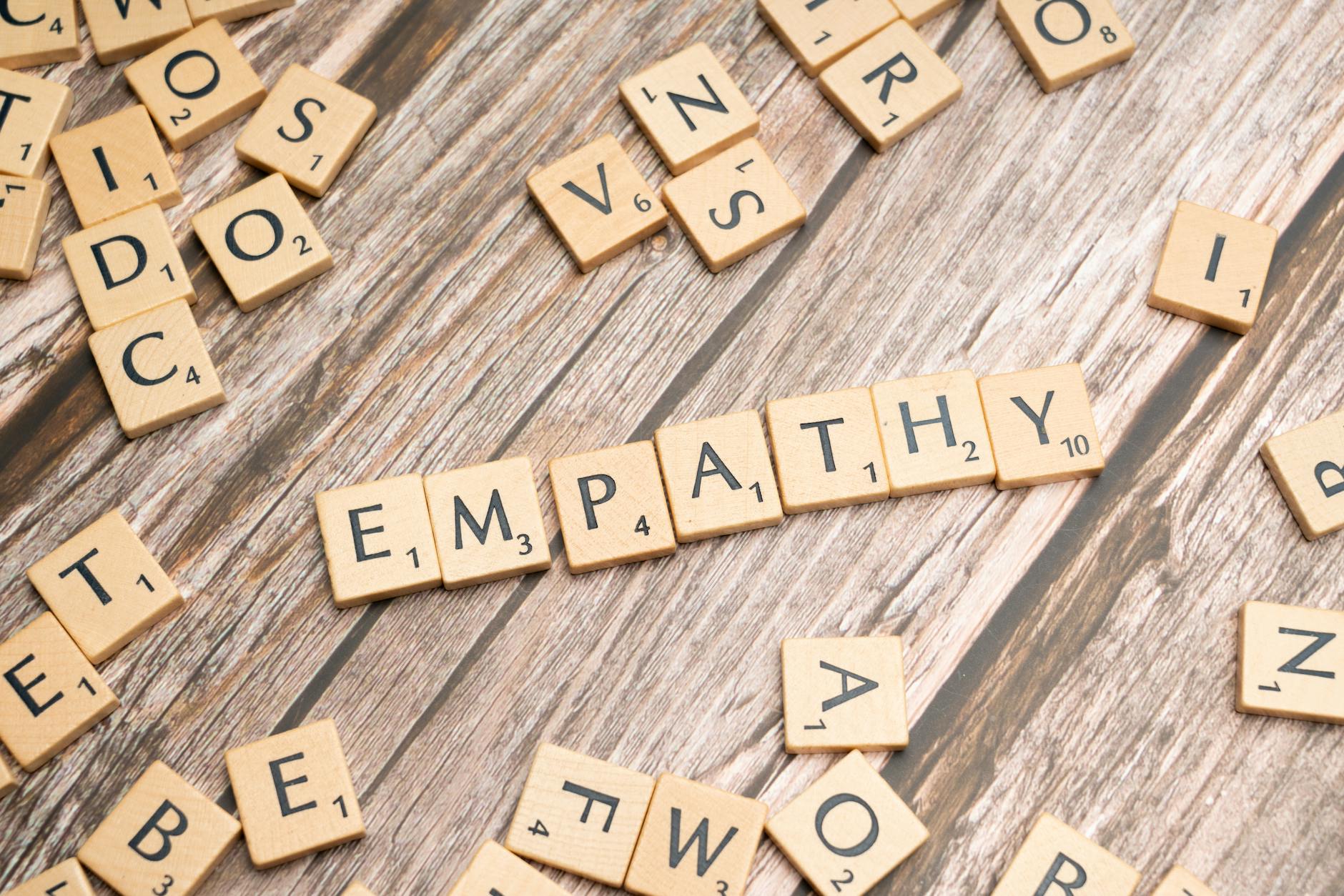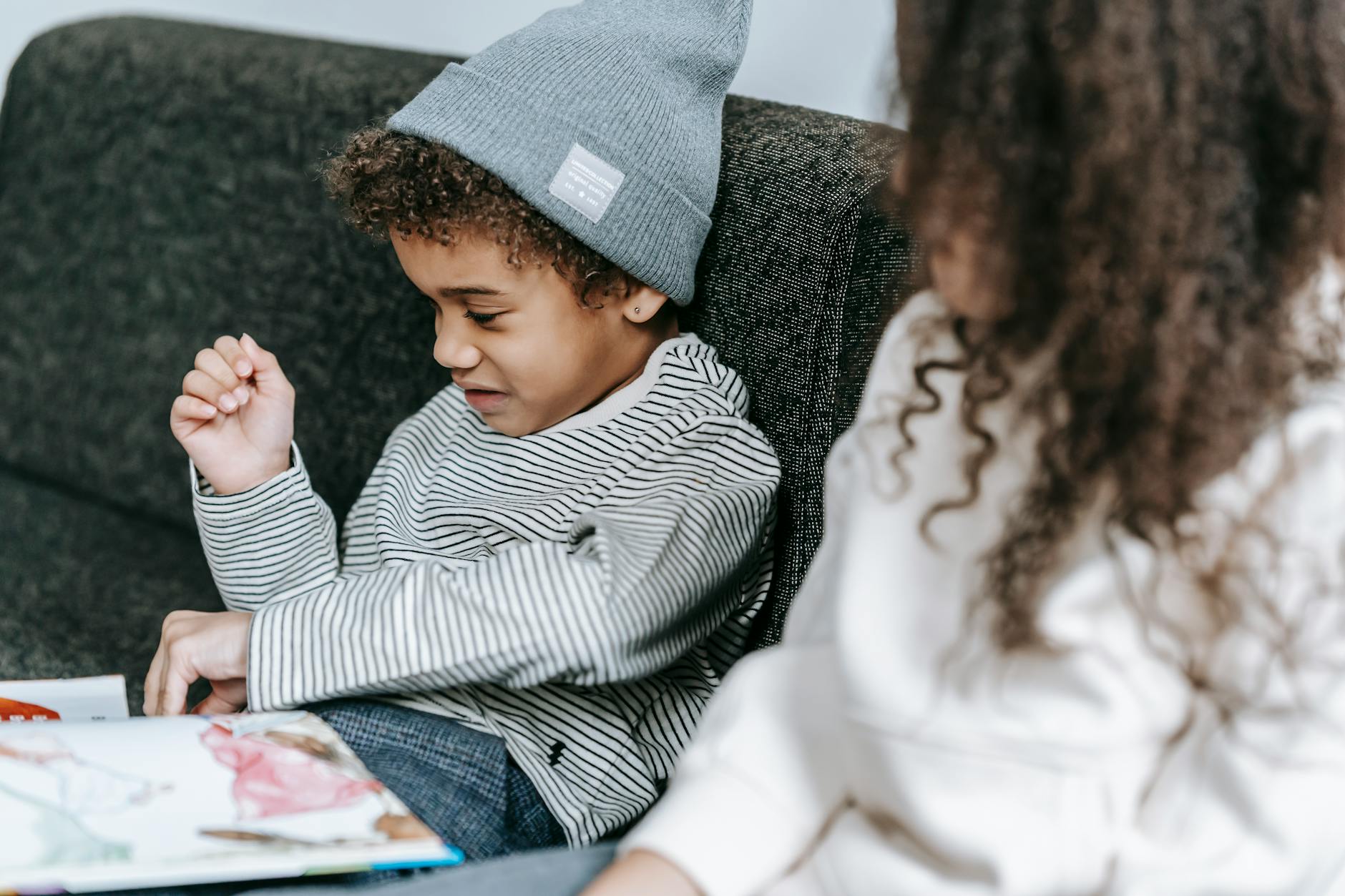As the year draws to a close, it’s a good time to pause and reflect. Just like adults, students have faced many experiences this year. Some may have achieved significant milestones, while others may have encountered challenges or setbacks. Regardless, reflecting on how we lived through 2024 is essential. It allows us to celebrate our successes and learn from our mistakes. As parents, we play a crucial role in guiding our children through this process of self-reflection.
Here are some key areas to consider during this reflection:
Health
Was I physically active and maintaining good fitness levels? Did I develop or stick to healthy routines, such as regular exercise or balanced meals? Were my sleep patterns sufficient to keep me energized throughout the day? How well did I handle emotional challenges—did I find healthy ways to cope with stress or seek support when needed?
Reflecting on physical and emotional health is crucial for understanding areas where improvement might be needed.

Finances
Did I manage my money wisely this year? Was I able to save consistently for things I wanted or needed? Did I overspend on unnecessary items or fall into impulsive buying habits? On the other hand, did I reward myself responsibly for my hard work?
Financial habits developed at a young age can set the tone for how money is managed later in life.

Social Life
Did I make efforts to build new friendships or strengthen existing ones? How often did I reconnect with people who matter to me? Was I kind, helpful, or supportive to others in my community? Did I participate in charitable activities or take the time to assist those in need?
Reflecting on social relationships helps students assess their empathy, kindness, and communication skills.

Academics
Did I develop better study techniques that improved my learning? Did I manage my time well when it came to schoolwork and assignments? Am I closer to achieving my main academic goals, such as excelling in a subject or improving my grades? Did I take the initiative to learn a new skill or pursue a personal interest outside of school?
Academic reflection encourages students to recognize their progress and identify areas for growth.

Self-reflection is a vital skill because it helps us become more self-aware and intentional about our choices. Many students lack the ability to reflect deeply on their own, so it’s important for parents to support and guide them through this process. As you help your child reflect, consider taking the opportunity to do your own self-reflection as well. Together, you can end the year with a clearer sense of growth and purpose.




